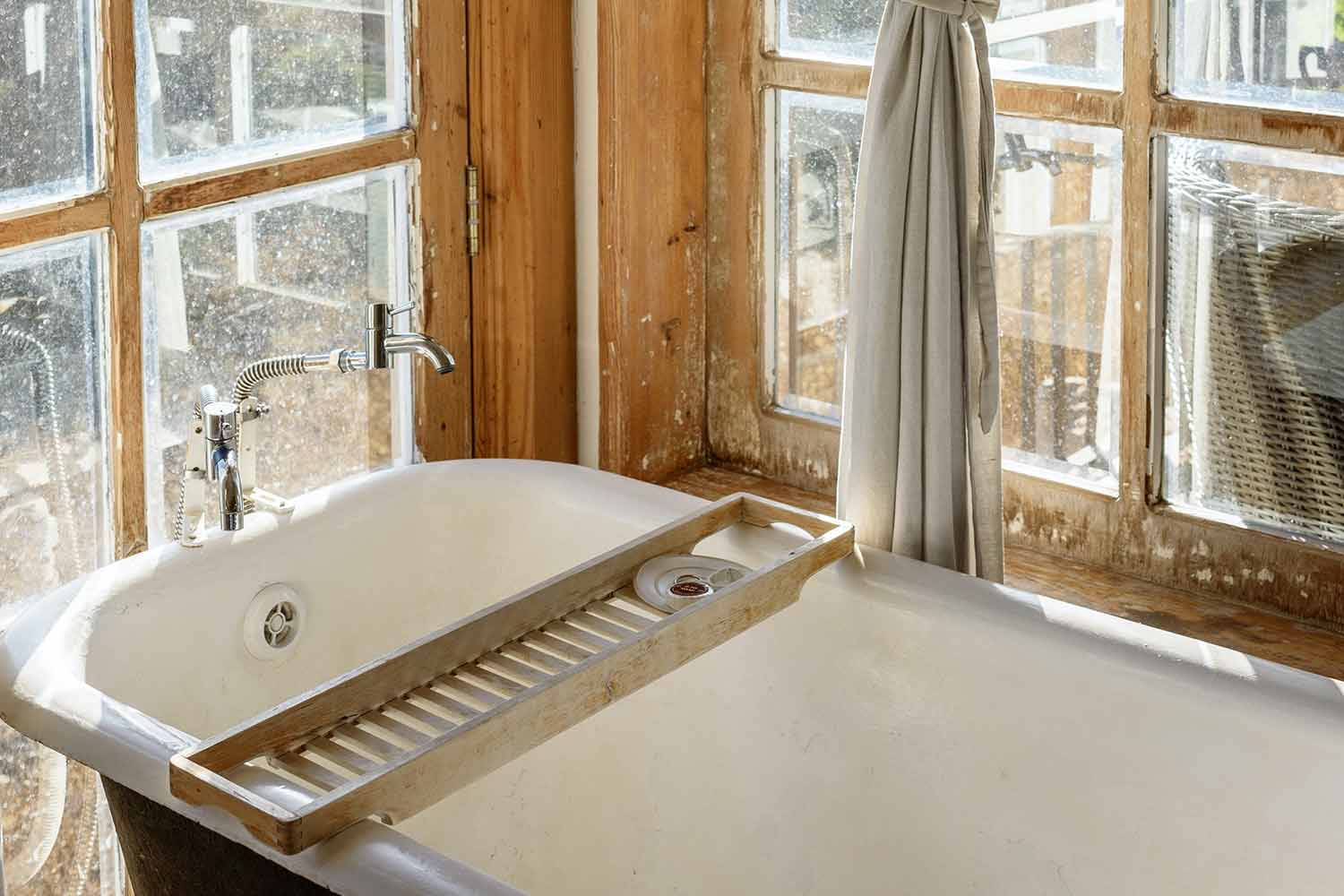Sink faucets play a crucial role in the daily functioning of our homes, allowing us to know how a faucet works and control the flow of water in our kitchens, bathrooms, and utility rooms. Whether we’re washing dishes, brushing our teeth, or doing laundry, faucets are the gateway to a steady supply of water. However, as with any mechanical device, faucets can encounter issues over time, such as the frustrating drip from the spout or the annoying leak around the handle or collar. To effectively address these problems, it is essential to identify the specific type of faucet you have, as this knowledge will guide you in acquiring the correct replacement parts and performing the necessary repairs. In this comprehensive article, we will explore five common types of faucets, providing detailed insights into their inner workings and empowering you to understand how they function and undertake repairs if needed.

- Compression & Reverse-Compression Faucets:
Compression and reverse-compression faucets are classic designs characterized by their elegant double handles. Within these faucets, a washer rests on a seat at the bottom of the stem, controlling the water flow. When the handle of a compression faucet is turned on, the washer rises, creating an opening for water to flow through the spout. In contrast, reverse-compression faucets operate in the opposite manner. When the handle is turned on, the stem lowers, creating space between the washer and seat, allowing water to rise and flow out. If you encounter a persistent drip from the spout of a compression faucet, replacing the stem washer is often sufficient to rectify the issue. However, older faucets may require the replacement of the seat as well. On the other hand, leaks around the handle can typically be resolved by replacing the O-ring or packing within the stem.
- Diaphragm Faucets:
With their distinctive two-handle design, diaphragm faucets are a common sight in many homes. These faucets operate by utilizing a rubber diaphragm that controls the water flow. When the handles are turned on, the diaphragm adjusts accordingly to allow water to flow through the spout. If you notice leaks from the handle of a diaphragm faucet, replacing the O-ring is often the most effective solution. Additionally, if leaks persist from both the spout and handle, it may be necessary to replace the rubber diaphragm.
- Ball Faucets:
Ball faucets offer a sleek and modern design, featuring a single lever that controls both the water temperature and flow. These faucets incorporate a slotted plastic or brass ball positioned atop spring-loaded rubber seats. By rotating the handle, the ball moves within the faucet body, adjusting the water flow and mixing hot and cold water to achieve the desired temperature. Should a ball faucet develop a leak from the spout, it is likely that the springs and seats need replacement. Leaks around the handle, on the other hand, are often caused by worn-out O-rings or a loose adjusting ring. Identifying and addressing these specific components can effectively resolve the issue.
- Cartridge Faucets:
Cartridge faucets are renowned for their convenience and ease of use, employing a single lever to control water flow. Within these faucets, a cartridge serves as the mechanism responsible for regulating the water flow. Over time, the O-rings within the cartridge may wear out, resulting in leaks. Fortunately, repairing cartridge faucets is relatively straightforward, involving the replacement of the worn-out O-rings. In some cases, it may be necessary to replace the entire cartridge with a new one to ensure optimal performance.
- Ceramic Disc Faucets:
Known for their durability and longevity, ceramic disc faucets utilize two ceramic discs to control the water flow. These discs slide against each other, creating a watertight seal that prevents leaks. In the event of a leak in a ceramic disc faucet, the most common cause is mineral buildup, which can compromise the effectiveness of the discs. To address this issue, it is recommended to clean the discs thoroughly or, if necessary, replace them to restore proper functionality.
By gaining a comprehensive understanding of the inner workings of these five types of sink faucets, you can better comprehend how they function and possess the knowledge to troubleshoot and address any issues that may arise. It is important to note that while we have covered the most common types of faucets, the modern market offers an array of custom and unique designs, each with its own proprietary assemblies and mechanisms. In the event that you encounter a faucet problem that proves challenging to fix, do not hesitate to seek the assistance of a trusted plumber. Observing their repair process, asking questions, and actively participating can provide invaluable insights and equip you with the skills necessary for future repairs.







